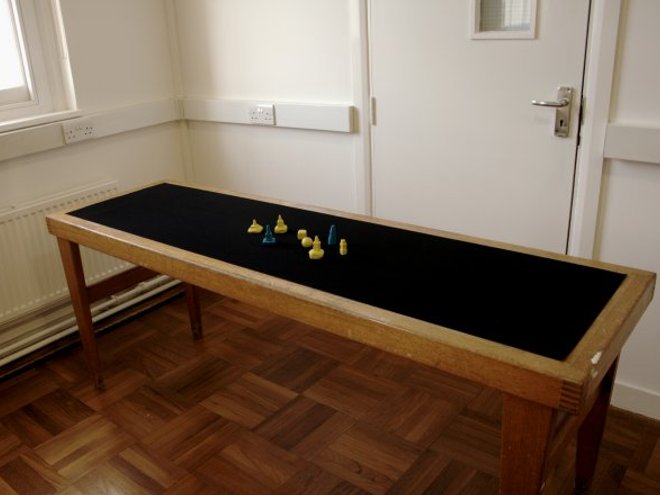 The Politics of Encounters, installation view, Perfect State Models, 2010
The Politics of Encounters, installation view, Perfect State Models, 2010
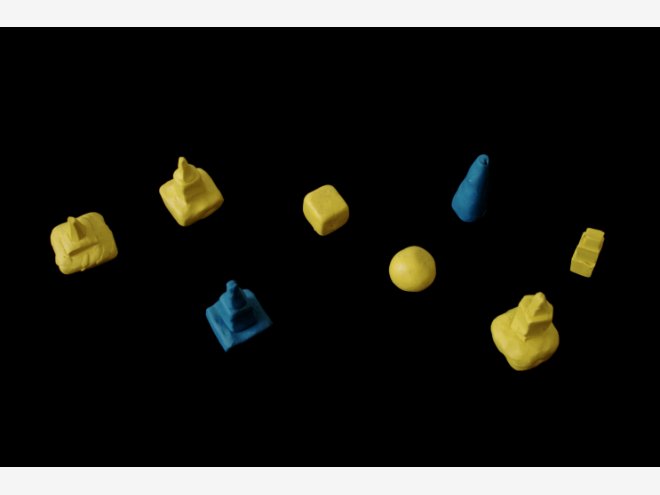 Perfect State Models, 2010
Perfect State Models, 2010
 The Politics of Encounters, installation view, State Drawings
The Politics of Encounters, installation view, State Drawings
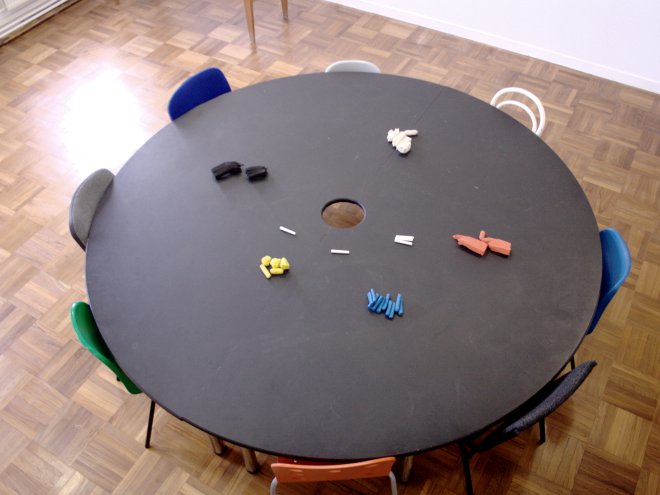 The Politics of Encounters, installation view
The Politics of Encounters, installation view
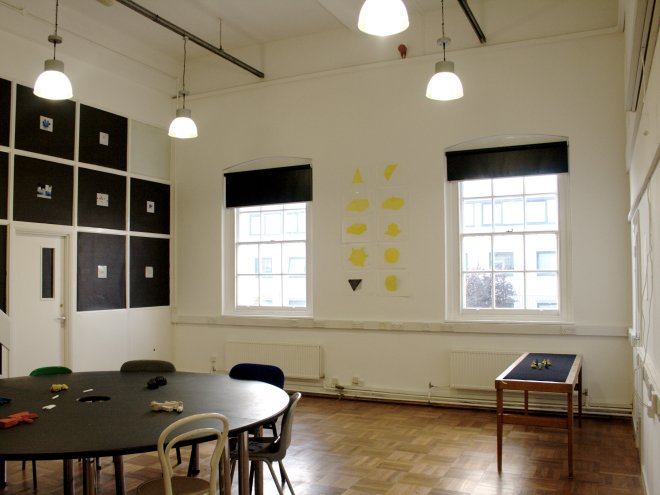 The Politics of Encounters, installation view
The Politics of Encounters, installation view
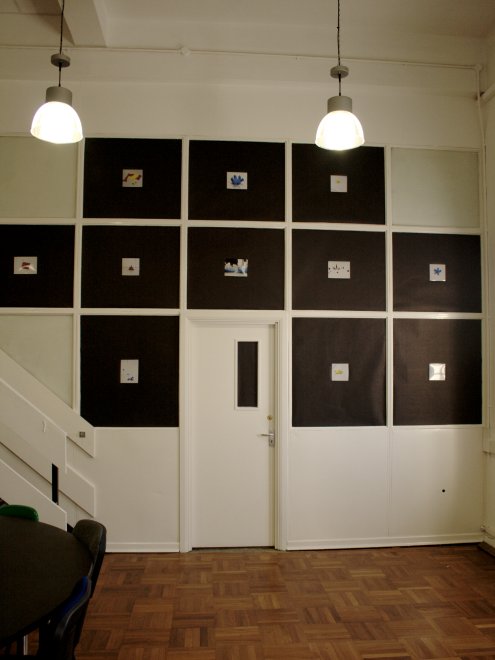 The Politics of Encounters, installation view
The Politics of Encounters, installation view
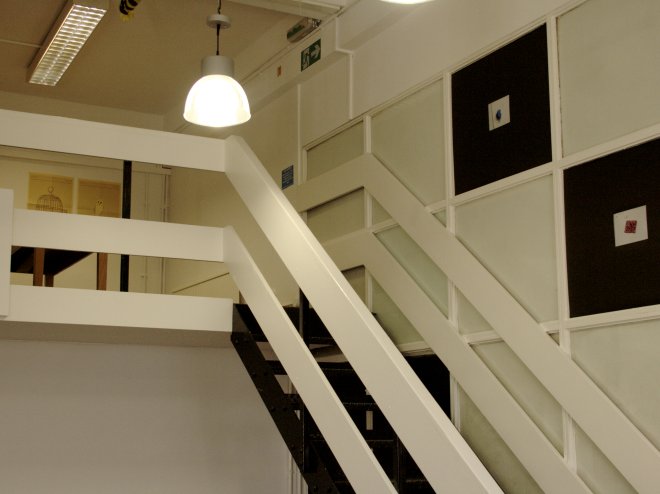 The Politics of Encounters, installation view
The Politics of Encounters, installation view
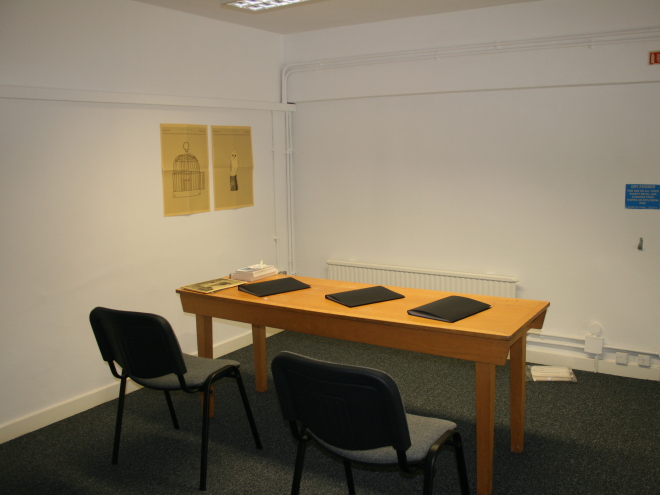 The Politics of Encounters, installation view
The Politics of Encounters, installation view
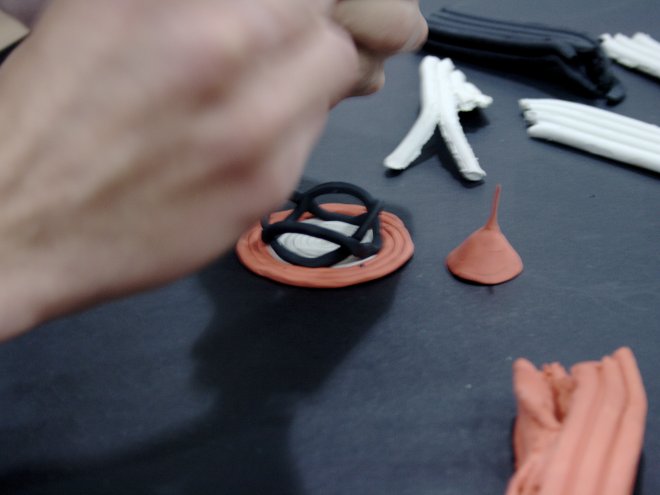 The Politics of Encounters, installation view
The Politics of Encounters, installation view
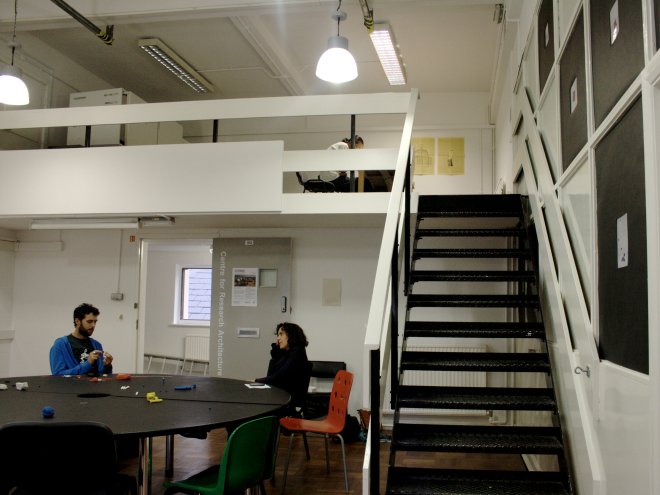 The Politics of Encounters, installation view
The Politics of Encounters, installation view
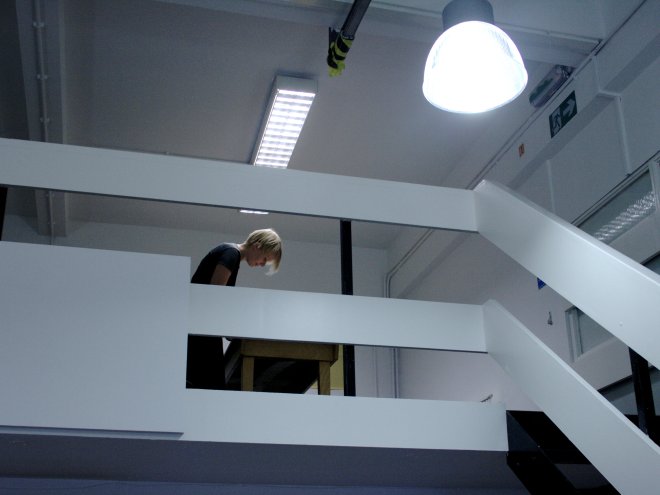 The Politics of Encounters, installation view
The Politics of Encounters, installation view
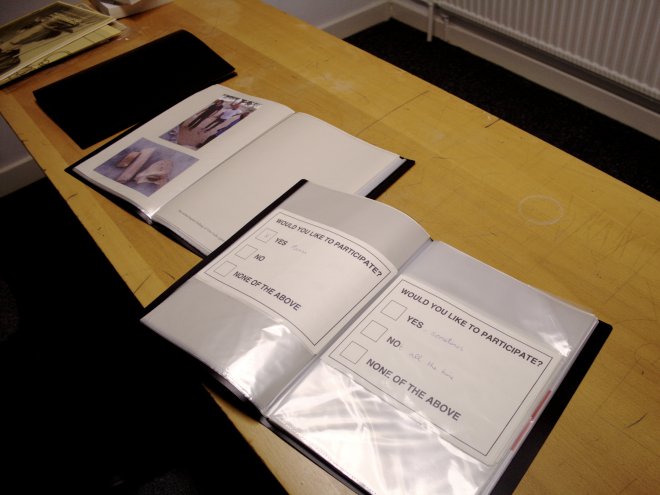 The Politics of Encounters, installation view
The Politics of Encounters, installation view
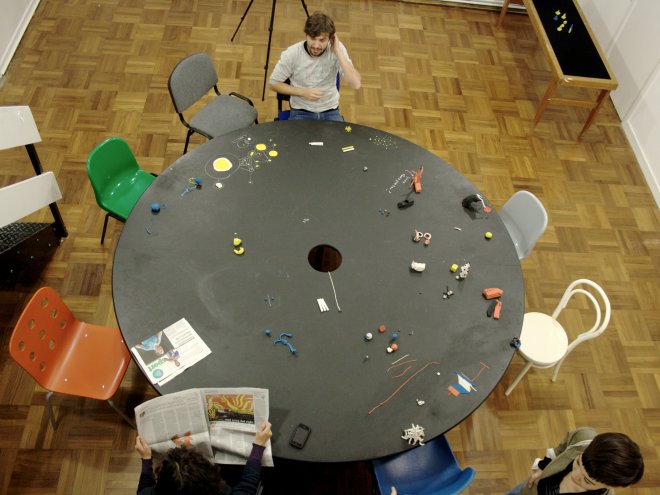 The Politics of Encounters, installation view
The Politics of Encounters, installation view
 The Politics of Encounters, installation view
The Politics of Encounters, installation view
 The Politics of Encounters, installation view
The Politics of Encounters, installation view
 The Politics of Encounters, installation view
The Politics of Encounters, installation view
 The Politics of Encounters, installation view
The Politics of Encounters, installation view
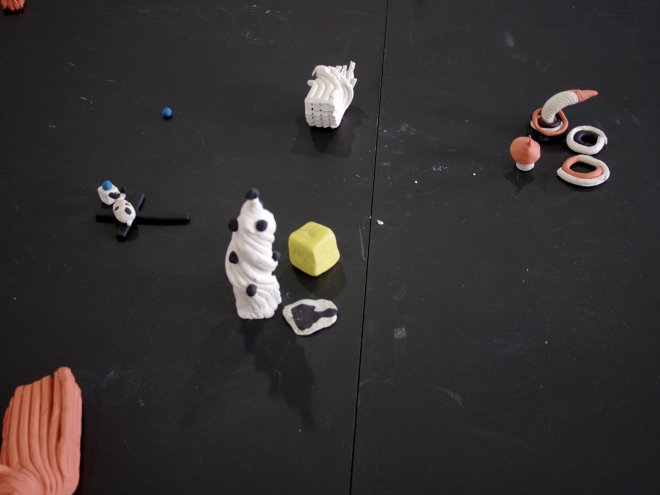 The Politics of Encounters, installation view
The Politics of Encounters, installation view
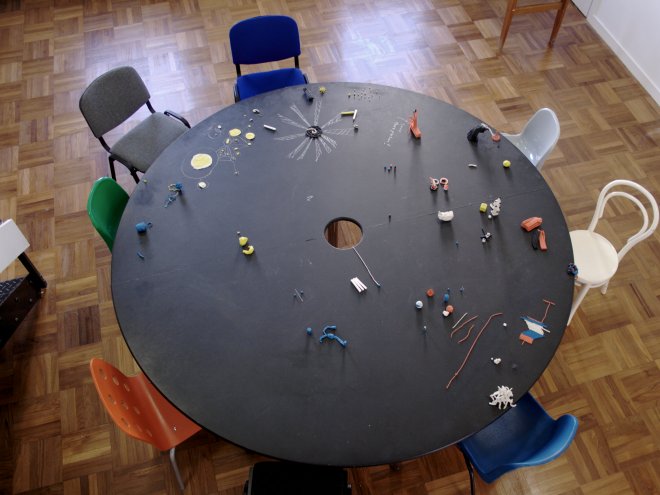 The Politics of Encounters, installation view
The Politics of Encounters, installation view
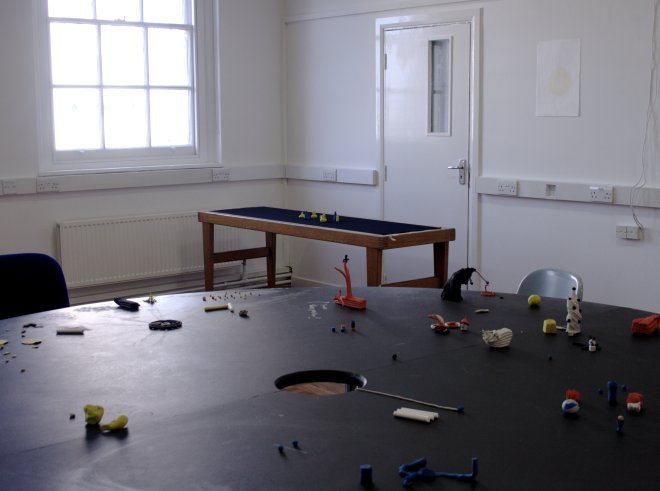 The Politics of Encounters, installation view
The Politics of Encounters, installation view
I am looking for new understandings of democracy in art practices and new productions of subjectivity for the parties (beings/things) involved: the role of the artist, its function in the respective projects and the different modes of ‘relationality’ with either engaged or removed ‘publics’.
“Many of my projects start by reading, taking notes, looking for specific imagery online and drawing. Most of these first imagery will never leave the studio, and is to be transformed, so it doesn’t really matter so much which materials are being used, normally is just stuff lying around. In the case of the drawings (State Drawings) there was a pad of quite thin paper that I bought on a college sale, so I use that, and yellow pencils. There are always yellow pencils lying around. I got the habit of drawing in yellow from a project I have done in 2004 (Blood 4Oil) where I would first draw in yellow and then fill the figures with India Ink, the underlying drawing became consequently quite invisible. At some point (Again about State Drawings) I attempted to reproduce them in better quality paper, but they just lost the sketchy quality of the first ones. The thinness of the paper was also quite useful in the process, and that could not be repeated in a thicker paper. I made some other models in plasticine, but then again, they don’t add much more for me to the constructions already made in the drawings themselves, (pause) even though two-dimensional they reproduce ideal three-dimensional shapes. (long pause) I don’t know to which extent they (State Drawings) became the thing itself.”
(notes from ‘Claire Smith in conversation with Carla Cruz’)
THE PLASTICINE MODELS ON THE WALL WERE MADE POSSIBLE BY: Azahara Ubera Biedma, Maeve Brennan, Letitia Calin, Elena Colman, Wiebke Gronemeyer, Nicola Guy, Sebastian Kozak, Alex Jeronymides-Norie, Jess Meredith, Eugene Perera, Cecilie Skov, Jason Ramanah, Mana Yamaguchi and Shangyi Xie.
